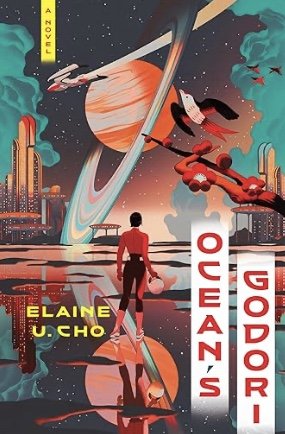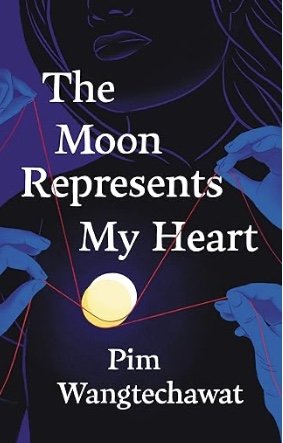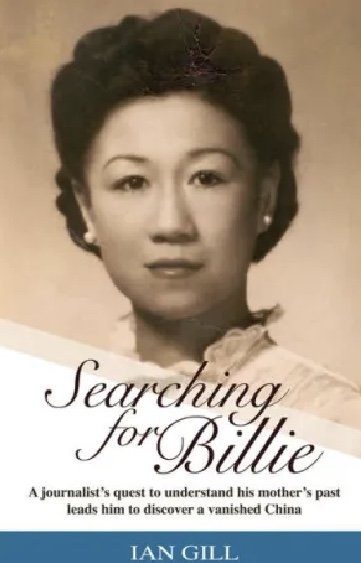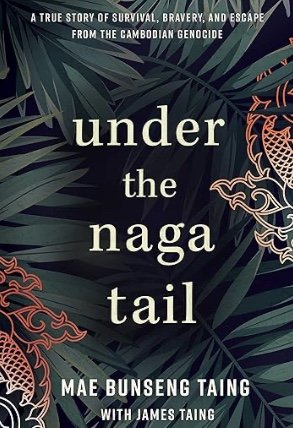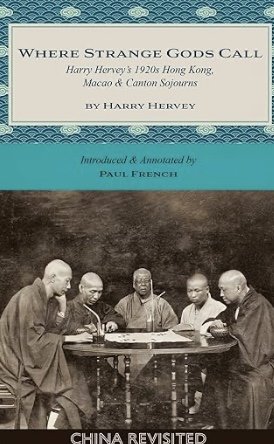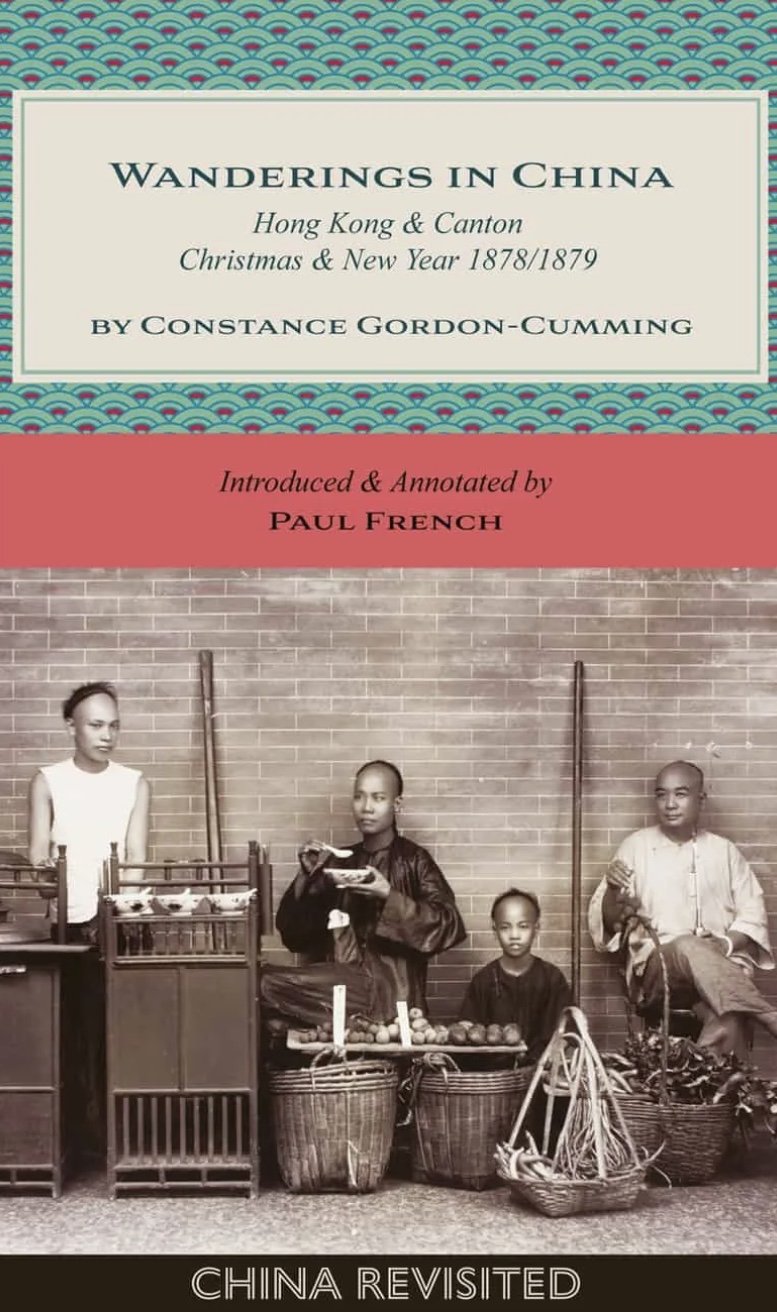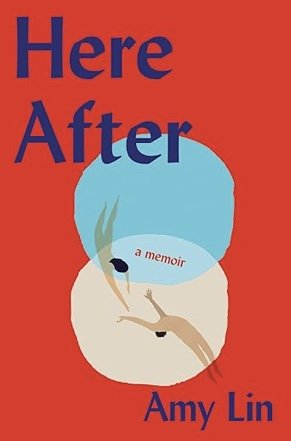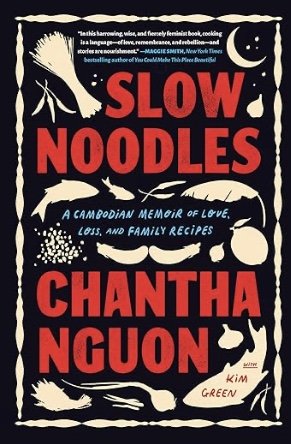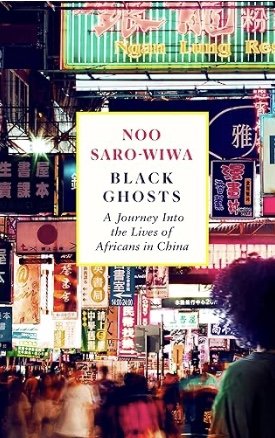Getting Closer to Japan : Getting Along with the Japanese by Kate Elwood (ASK Co., Ltd.)
As of January 13 next year (2025), I will have been living in Japan for thirty years. Although my mother is Japanese and I lived in Tokyo during my elementary school years (although that was at a family annex for military families called Grant Heights), I might have found Kate Elwood’s Getting Along with the Japanese an excellent reference for living and working in Japan before my move.
According to the publisher, the Getting Closer to Japan series is a series of books for those who:
would like to get accustomed to the life in Japan quickly
feel communicating with the Japanese is difficult
want to learn the Japanese way of thinking
want to enjoy life in Japan
There are five books in the series. In addition to Getting Along with the Japanese, other titles in the series include Living in Japan by Andy D. Para, Working in Japan by Bruce Rutledge, Japanese Industry by William Carter, and Japanese Culture by Naoki Takei.
All the books give useful information one needs to know if they plan to have an extended stay in Japan. The books are written by business people sharing their own experiences of the trouble that may come with living, working, and understanding Japanese people and Japanese culture. At the end of each chapter are useful words and phrases related to the subject being discussed.
Getting Along with the Japanese is broken down into three sections. The first section is Twelve Key Words Useful in Understanding the Japanese. It focuses on words such as gaijin (outsider / foreigner), wa (group harmony), tatemae and honne (surface feelings vs real feelings), gaman (endurance) and tells how these words are related to business culture.
The first chapter is an example of what it’s like to be a gaijin in a Japanese company. Steve Wilson started working in Japan three years ago. He enjoys his job and has a good relationship with his co-workers. However, it’s been three years and Steve wonders why his colleagues seem to keep him at a distance. He notices that Japanese employees who joined the company after him seem to blend in quickly and become more relaxed in a short span of time.
Even non-business people may find this a little hard to understand. Even if they were born and raised in Japan but have foreign parents, they will always be treated like gaijin. It doesn’t matter how long you have been living in Japan. If you are a foreigner, or like me, have one foreign parent, you will still be treated like a gaijin.
The second section focuses on direct contact with Japanese people. Nancy Evans met a Japanese client who said to her in English, “My name is Hori”. So, throughout the evening, she called the man Hori, only to find out that Hori was the man’s family name. It is rare and may even be considered rude to call someone by their first name. It would be more proper to add the honorific suffix -san after the family name. So Ms Evans should have called Hori, Hori-san.
The final section deals with life events such as weddings and funerals. If you’ve never been to a Japanese wedding or a Japanese funeral, there are many things you need to know before you attend such an event. Getting Along with the Japanese will help you answer questions you may have without having to rely on anyone else.
As a longtime resident of Japan, I always enjoy reading other people’s experiences of living and working in Japan and what kinds of situations they find confusing, amusing, or even irritating. It’s also interesting to read about the types of culture shock they may have had as well.
If you plan on working and living in Japan, or if you are just interested in Japanese culture, the Getting Closer to Japan series may be the series for you. ~Ernie Hoyt


